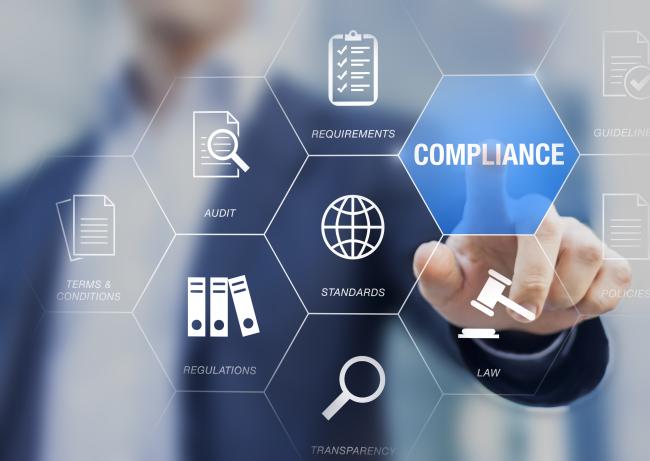There were originally seven essential elements identified for an effective Compliance and Ethics Program. While the US Sentencing Guidelines had included program effectiveness in the seven elements, in 2017, the Department of Justice (DOJ) started to shift the focus in how compliance programs were looked at when it released a memorandum entitled, “The Evaluation of Corporate Compliance Programs,” which set guidance as to how to evaluate a compliance program. To assist providers with the implementation of these parameters, a group of compliance professionals from the Health Care Compliance Association (HCCA) and staff from the Department of Health and Human Services, Office of Inspector General met to discuss ways to measure the effectiveness of compliance programs. In this roundtable meeting, various compliance program metrics were developed into a document to provide organizations various questions to assist in evaluating their programs.
“Does the organization’s compliance program work in practice?”
One fundamental question cited by the DOJ that would be considered in the potential prosecution of an organization for misconduct. The adequacy and effectiveness of the organization’s compliance program both at the time of an offense and at the time of a charging decision or resolution could be a mitigating or detrimental factor. The ability to demonstrate the effective implementation of the seven elements discussed in our previous blogs in your Compliance and Ethics Program would be vitally important in this situation. An organization should be able to demonstrate that the compliance program established four basic pillars: credibility, measurable results, accountability and continuous improvement.
A primary expectation of the DOJ is that compliance programs be dynamic and evolving. There should be evidence that the organization has tracked, reviewed and adapted its compliance program processes based on its ongoing risks and lessons learned from its own misconduct or that of other similar organizations. Ongoing evaluation of the compliance program effectiveness can be done by an organization through audits, which include metrics developed by the OIG (found in “Measuring Compliance Program Effectiveness: A Resource Guide,” HCCA-OIG Compliance Effectiveness Roundtable, Roundtable Meeting: January 17, 2017, Washington, DC). You may find that it brings objectivity and a fresh perspective to have an outside compliance organization evaluate your compliance program’s effectiveness.
Over the course of the last several months, we have broken down the eight essential elements of an effective Compliance and Ethics Program. We hope this has been helpful in the implementation or enhancement of a compliance program and the beginning of developing a culture that contributes to the best possible service to the clients and staff served by your organization.
Friends Services Alliance (FSA) is a national professional association of values-aligned organizations that serve seniors. Our support services include a team of Compliance and Risk Management experts who have supported organizations in developing and maintaining effective Compliance and Ethics Programs for over 20 years.




